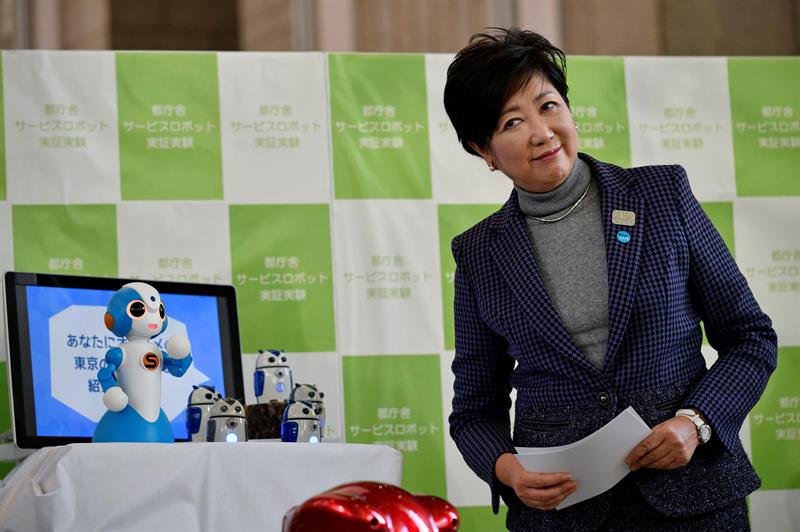Tokyo, Nov 9 (EFE) .- The city of Tokyo will install several polyglot robots in its main government building to test its capabilities when receiving foreign visitors with the objective that they are operational in time for the 2020 Olympic Games.
Five robots will receive visitors to the Tokyo Metropolitan Building between Monday and the end of February 2018 to verify its "potential and effectiveness and apply the necessary improvements for its implementation," the Tokyo government said in a statement. the devices.
The devices range from endearing-looking robots such as the android Sota, the zoomorphic Zukku (an owl) and RoboPin, the three of small size, to others of greater scale as the humanoid Emiew 3, of Hitachi, and the terminal Libra, designed by the own Metropolitan Institute of Investigation of Industrial Technology.
All the robots can communicate in Japanese and English, while some models also incorporate Chinese and Korean.
Tokyo expects multilingual robots to play several roles during the Games Olympic Games of 2020 and before this happens has undertaken this pilot project in which robots will help users, "by providing guidance on the Government office Metropolitan and tourist information of Tokyo ", said the note.
Tokyo authorities want the summer Games to be held in the city in three years to serve "showcase of information and communication technologies (ICT) to be used in the future" and the potential of Japan in this regard.
The Asian country has had in mind the "legacy" that will leave the Olympic Games and seeks to expand the use of polyglot robots after the sports event, with projections focused on its growing tourism sector.
Japan received in 2016 a record number of foreign tourists, more than 24 million, which represents an increase of almost 22% and is postulated as a favorable scenario to reach the goal of 40 million that the The Japanese government has proposed to attract by 2020.


Comments 0